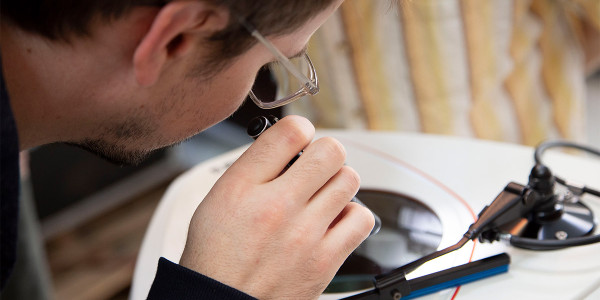January 14, 2011
I believe it was Winston Churchill who, when complimented on one of his witty, apparently spontaneous ripostes, said that people would be surprised by how much time it took to prepare his comments. I can relate. In my world control is the goal. We financial people use historical information to forecast what we believe is going to happen over the short, medium, and long term. We do not like surprises and, often to our children's annoyance, avoid unplanned action. Whilst this controlled environment has its advantages, it can hamper creativity — and creativity is what leads to new products, which leads to growth and profitability.
Balancing control with creativity
Academics and executives have waxed on for decades about how to foster a culture of creativity, but to me it seems pretty simple. You get people together with diverse skills and experiences, allow them to talk and play with no constraints, provide a general goal or direction, and see where they go. The key is to generate unfiltered thoughts, off which other ideas bounce. Like a good conversation, you never know where it will lead. As a novice blogger, this feels analogous to social media. It provides a forum for many voices to express thoughts and for many ideas to bubble up. In order to extract value from this, however, the trick is to catalyze the flow of ideas while channeling them towards a practical end. Oops, but there I go again — control creeping in.
Marrying the tortoise (finance) with the hare (innovation)
Another key to fostering innovation is time. Financial folks are pretty good at predicting short term business results, but the further out we go, the less secure we feel. Thus we look to control spontaneity when innovative brains are spending months, maybe years, driving toward a better and better design. How do we avoid this striving for perfection from leading to paralysis? We have to balance the time necessary for ideas to emerge and flourish with the financial constraint that requires fast execution by bringing financial tools to the table. Like Winston, we want to be prepared for whatever may come up, but not in such a way that constrains the development of ideas or communication. The challenge is to find a balance between chaos and control. For me, I try to communicate the financial perspective without dampening the creative fire. Using a lot of observation and applying the odd prod here and there I attempt to lead creative minds to a practical solution without them feeling hemmed in. How to do this? Well, excuse me; I have to prepare my comments for every situation that could conceivably develop. That could take a while.





